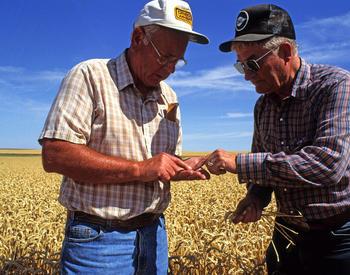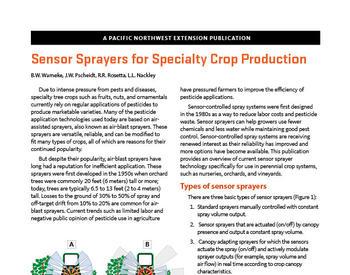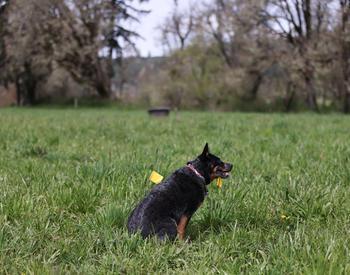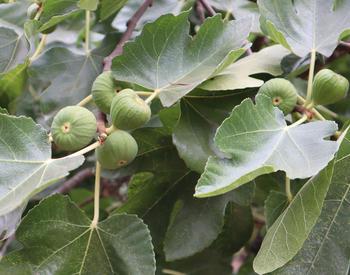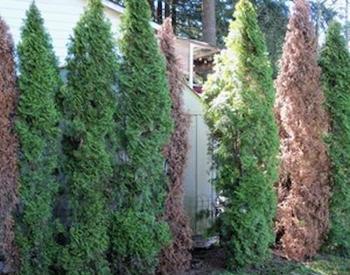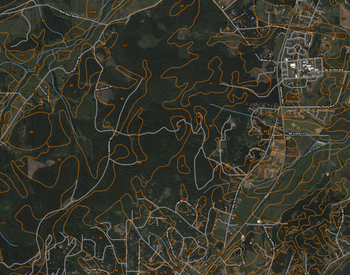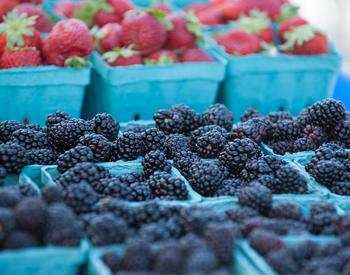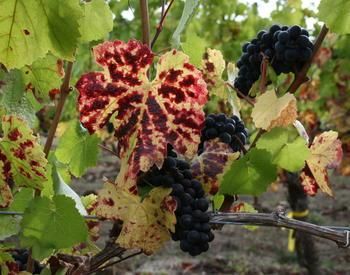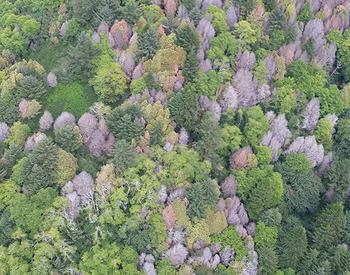Hosts
Wheat, barley, oats, rye, corn, sorghum, brome, tall fescue, plus many more including but not limited to about 100 annual and perennial grasses.
Symptoms
Early symptoms include small yellow-green blotches near the leaf tips. Symptoms usually appear during the later stages of crop development. Progression of symptoms is from leaf tip to base and margin to the midrib. Symptoms are more pronounced under cool temperatures. Plants often are stunted and have excessive or reduced tillering. Sterility may be increased and fewer and lighter-weight kernels may be produced.
Cultural Controls
Late fall planting of winter wheat and early planting of spring wheat can reduce infections since the aphids are less active at these times. Fall planting should be flexible depending on local weather conditions. Control small grain volunteer to eliminate aphid vectors spreading barley yellow dwarf via the "green bridge". Two weeks without green material in the field before the next crop emerges should be sufficient.
